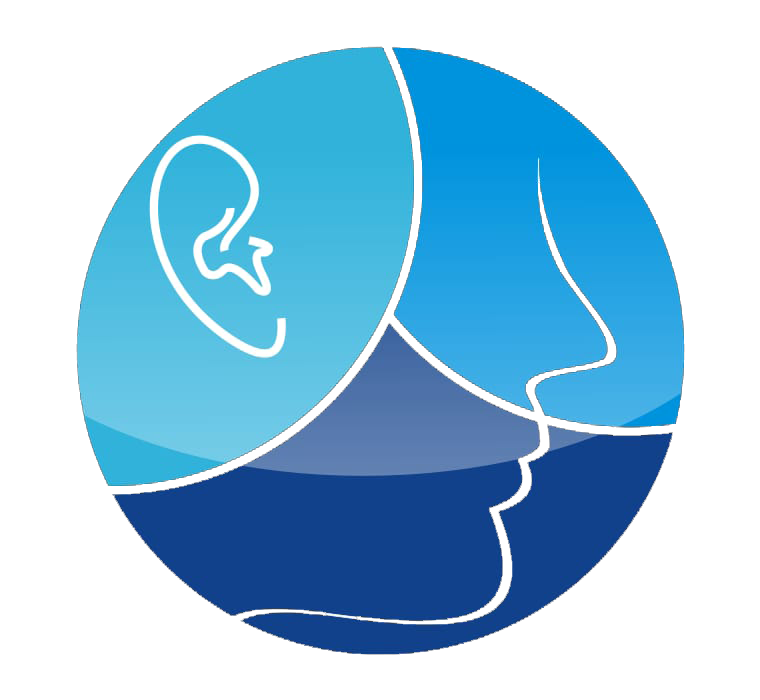General ENT Management
General ENT (Ear, Nose, and Throat) management encompasses the diagnosis, treatment, and prevention of disorders related to these interconnected regions. ENT specialists, or otolaryngologists, address a wide range of conditions affecting hearing, balance, smell, taste, voice, speech, and breathing. Here’s an overview of the key components of general ENT management:

1. Hearing Disorders
- Diagnosis: Audiometric tests, tympanometry, and otoacoustic emissions (OAEs) are used to diagnose hearing loss and other auditory issues.
- Treatment: Hearing aids, cochlear implants, and surgical interventions (e.g., tympanoplasty) are common treatments. Management also includes earwax removal and addressing infections.
2. Balance Disorders
- Diagnosis: Balance tests such as videonystagmography (VNG) and electronystagmography (ENG) help diagnose vertigo and other balance disorders.
- Treatment: Treatment includes vestibular rehabilitation therapy, medications, and in some cases, surgical procedures like labyrinthectomy.
3. Nasal and Sinus Disorders
- Diagnosis: Nasal endoscopy, CT scans, and allergy testing are used to identify issues like sinusitis, nasal polyps, and deviated septum.
- Treatment: Management involves medical treatments like antibiotics, antihistamines, nasal corticosteroids, and surgical options such as functional endoscopic sinus surgery (FESS).
4. Throat Disorders
- Diagnosis: Laryngoscopy, throat cultures, and imaging studies are used to diagnose conditions like tonsillitis, pharyngitis, and laryngeal disorders.
- Treatment: Treatments range from antibiotics and voice therapy to surgical procedures like tonsillectomy and laryngectomy.
5. Voice and Speech Disorders
- Diagnosis: Voice assessment, stroboscopy, and speech evaluation help diagnose issues like vocal cord nodules and speech impediments.
- Treatment: Voice therapy, speech therapy, and sometimes surgical intervention are used to manage these disorders.
6. Sleep Disorders
- Diagnosis: Polysomnography (sleep studies) and home sleep apnea testing diagnose conditions like obstructive sleep apnea (OSA).
- Treatment: CPAP therapy, oral appliances, and surgeries like uvulopalatopharyngoplasty (UPPP) are common treatments.
7. Head and Neck Conditions
- Diagnosis: Imaging studies (CT, MRI), biopsies, and endoscopic examinations diagnose tumors, cysts, and other head and neck conditions.
- Treatment: Management may include surgery, radiation therapy, and chemotherapy, often in collaboration with oncologists.
